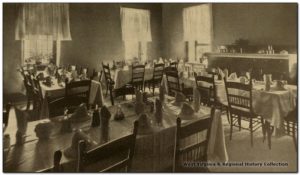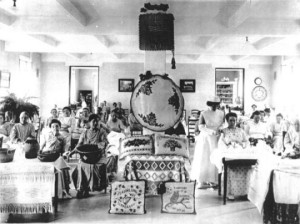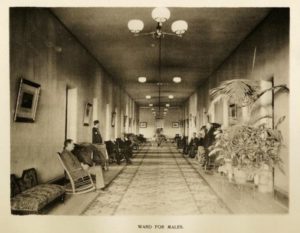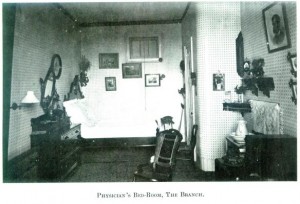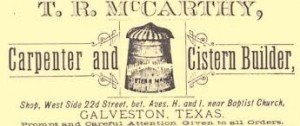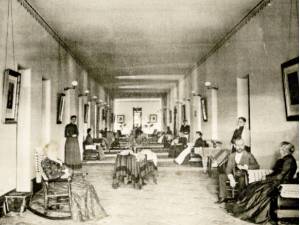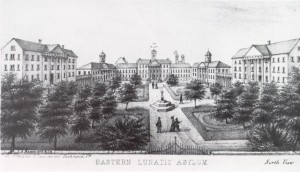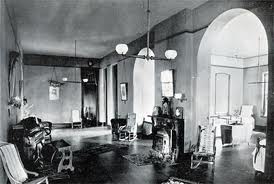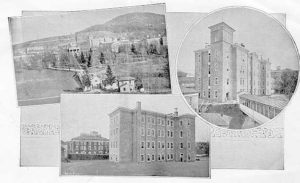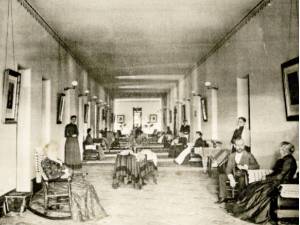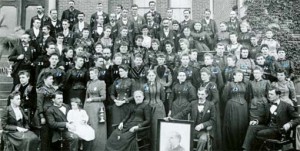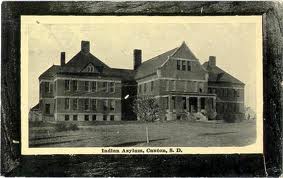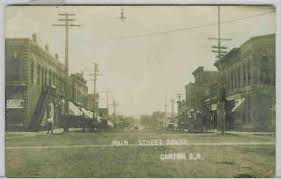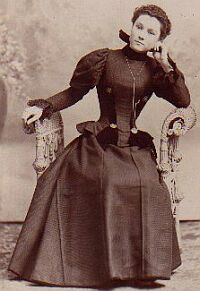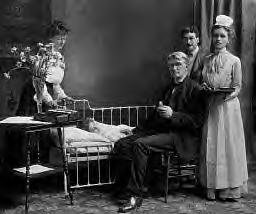Employees at the Canton Asylum for Insane Indians had clear instructions concerning their duties, including the all-important attendants who were at the heart of patient care. (See last post.) They were charged with keeping rooms neat and clean, attending to their patients’ needs in terms of clothing and personal care–basically what anyone would expect of an institution set up to care for the insane. The reality was often different, and the conditions many patients lived under would have been disheartening.
Though foreign to their own experience on or off a reservation, patients arriving at Canton Asylum when it first opened would have walked into a spacious, light-filled building. Electricity and running water might have been exciting to use, and regular meals supplemented by garden produce would have been tasty and welcome. As the asylum deteriorated over the years, however, patient comfort declined. The early structure had been pretty and airy, with pictures on the walls and nice furniture. As time went on, the pictures disappeared; the floors, clothes, and bedding became dingy and worn; and the nourishing food evolved into a monotonous diet of starches and vegetables. Patients used chamber pots instead of toilets, which allowed human waste to create a stench and promote disease in the midst of crowded rooms.
By the time the asylum closed, one inspector likened patient care at the asylum to that of a prison. Patients who had been sent to the institution for mental problems received no mental health care at all–the whole purpose for the asylum. Ultimately, authorities concluded that almost no amount of money could make the asylum function as it should and decided to shut it down.
